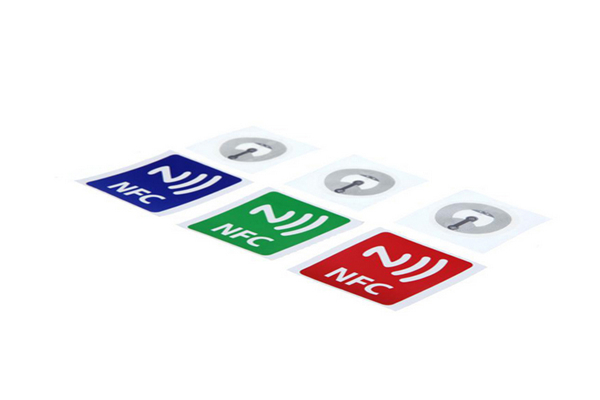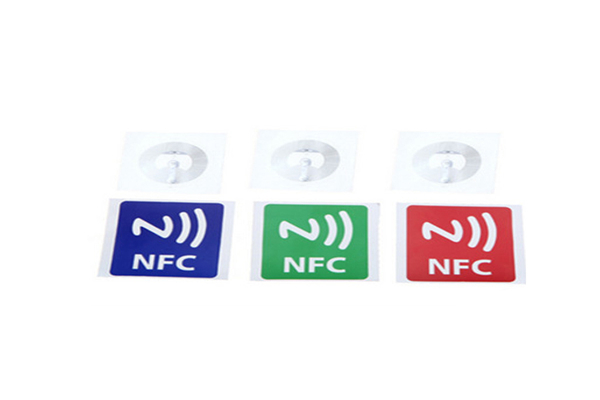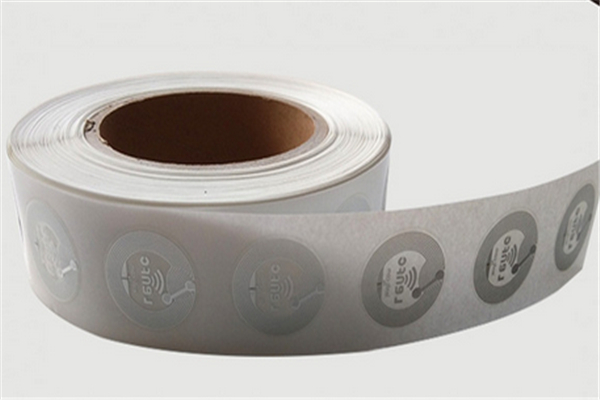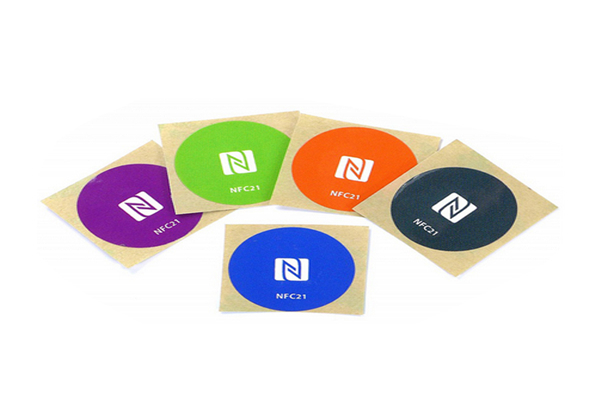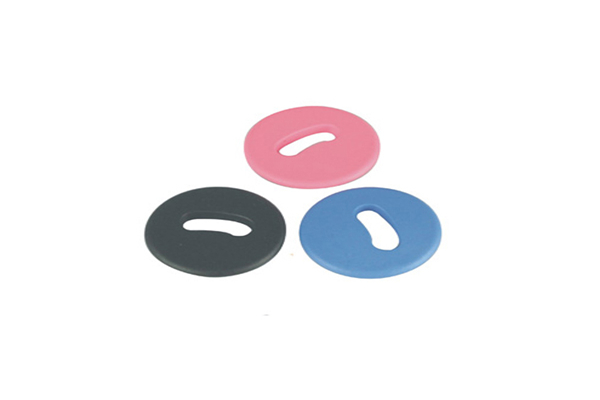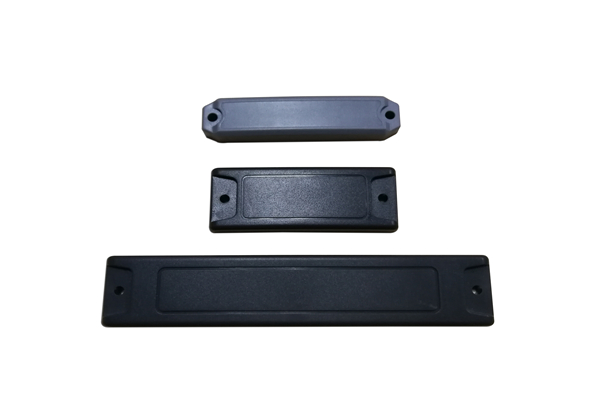RFID Tag
NFC Label
- HF NFC
- Size customize
- Material customize
- Logo customize
- Product description: NFC Label
What is NFC and how does it work
NFC is a mainstream wireless technology, thanks to the growth of online payment systems like Samsung Pay and Google Pay. Especially when it comes to high-end devices and even many mid-rangers. You’ve likely heard the term before, but what is NFC exactly? In this piece we rundown what it is, how it works, and what it can be used for.NFC stands for “Near Field Communication” and, as the name implies, it enables short-range communication between compatible devices. This requires at least one transmitting device, and another to receive the signal. A range of devices can use the NFC standard and will be considered either passive or active.Passive NFC devices include tags, and other small transmitters, that can send information to other NFC devices without the need for a power source of their own. However, they don’t process any information sent from other sources, and can’t connect to other passive components. These often take the form of interactive signs on walls or advertisements.Active devices are able to both send and receive data, and can communicate with each other as well as with passive devices. Smartphones are by far the most common form of active NFC device. Public transport card readers and touch payment terminals are also good examples of the technology.How does NFC work?
Now that we know what NFC is, how does it work? Just like Bluetooth and Wi-Fi, and all manner of other wireless signals, NFC works on the principle of sending information over radio waves. Near Field Communication is another standard for wireless data transitions. This means that devices must adhere to certain specifications in order to communicate with each other properly. The technology used in NFC is based on older RFID (Radio-frequency identification) ideas, which used electromagnetic induction in order to transmit information.This marks the one major difference between NFC and Bluetooth/WiFi. The former can be used to induce electric currents within passive components as well as just send data. This means that passive devices don’t require their own power supply. They can instead be powered by the electromagnetic field produced by an active NFC component when it comes into range. Unfortunately, NFC technology does not command enough inductance to charge our smartphones, but QI wireless charging is based on the same principle.
Electromagnetic fields can be used to transmit data or induce electrical currents in a receiving device. Passive NFC devices draw power from the fields produced by active devices, but the range is short.The transmission frequency for data across NFC is 13.56 megahertz. You can send data at either 106, 212, or 424 kilobits per second. That’s is quick enough for a range of data transfers — from contact details to swapping pictures and music.
To determine what sort of information will be exchanged between devices, the NFC standard currently has three distinct modes of operation. Perhaps the most common use in smartphones is the peer-to-peer mode. This allows two NFC-enabled devices to exchange various pieces of information between each other. In this mode, both devices switch between active when sending data and passive when receiving.Read/write mode, on the other hand, is one-way data transmission. The active device, possibly your smartphone, links up with another device in order to read information from it. NFC advert tags use this mode.The final mode of operation is card emulation. The NFC device can function as a smart or contactless credit card and make payments or tap into public transport systems.
NFC is a mainstream wireless technology, thanks to the growth of online payment systems like Samsung Pay and Google Pay. Especially when it comes to high-end devices and even many mid-rangers. You’ve likely heard the term before, but what is NFC exactly? In this piece we rundown what it is, how it works, and what it can be used for.NFC stands for “Near Field Communication” and, as the name implies, it enables short-range communication between compatible devices. This requires at least one transmitting device, and another to receive the signal. A range of devices can use the NFC standard and will be considered either passive or active.Passive NFC devices include tags, and other small transmitters, that can send information to other NFC devices without the need for a power source of their own. However, they don’t process any information sent from other sources, and can’t connect to other passive components. These often take the form of interactive signs on walls or advertisements.Active devices are able to both send and receive data, and can communicate with each other as well as with passive devices. Smartphones are by far the most common form of active NFC device. Public transport card readers and touch payment terminals are also good examples of the technology.How does NFC work?
Now that we know what NFC is, how does it work? Just like Bluetooth and Wi-Fi, and all manner of other wireless signals, NFC works on the principle of sending information over radio waves. Near Field Communication is another standard for wireless data transitions. This means that devices must adhere to certain specifications in order to communicate with each other properly. The technology used in NFC is based on older RFID (Radio-frequency identification) ideas, which used electromagnetic induction in order to transmit information.This marks the one major difference between NFC and Bluetooth/WiFi. The former can be used to induce electric currents within passive components as well as just send data. This means that passive devices don’t require their own power supply. They can instead be powered by the electromagnetic field produced by an active NFC component when it comes into range. Unfortunately, NFC technology does not command enough inductance to charge our smartphones, but QI wireless charging is based on the same principle.
Electromagnetic fields can be used to transmit data or induce electrical currents in a receiving device. Passive NFC devices draw power from the fields produced by active devices, but the range is short.The transmission frequency for data across NFC is 13.56 megahertz. You can send data at either 106, 212, or 424 kilobits per second. That’s is quick enough for a range of data transfers — from contact details to swapping pictures and music.
To determine what sort of information will be exchanged between devices, the NFC standard currently has three distinct modes of operation. Perhaps the most common use in smartphones is the peer-to-peer mode. This allows two NFC-enabled devices to exchange various pieces of information between each other. In this mode, both devices switch between active when sending data and passive when receiving.Read/write mode, on the other hand, is one-way data transmission. The active device, possibly your smartphone, links up with another device in order to read information from it. NFC advert tags use this mode.The final mode of operation is card emulation. The NFC device can function as a smart or contactless credit card and make payments or tap into public transport systems.
PREVIOUS:Long range uhf rfid reader
NEXT:RFID Clothing Tag
Categories
Latest News
Contact Us
Contact: simon
Phone: +86 18118724283
Tel: +86 0755 2108 4730
Add: Blo.3 Tianlong Industrial Bao'an District Shenzhen City,Guangdong Province,China
